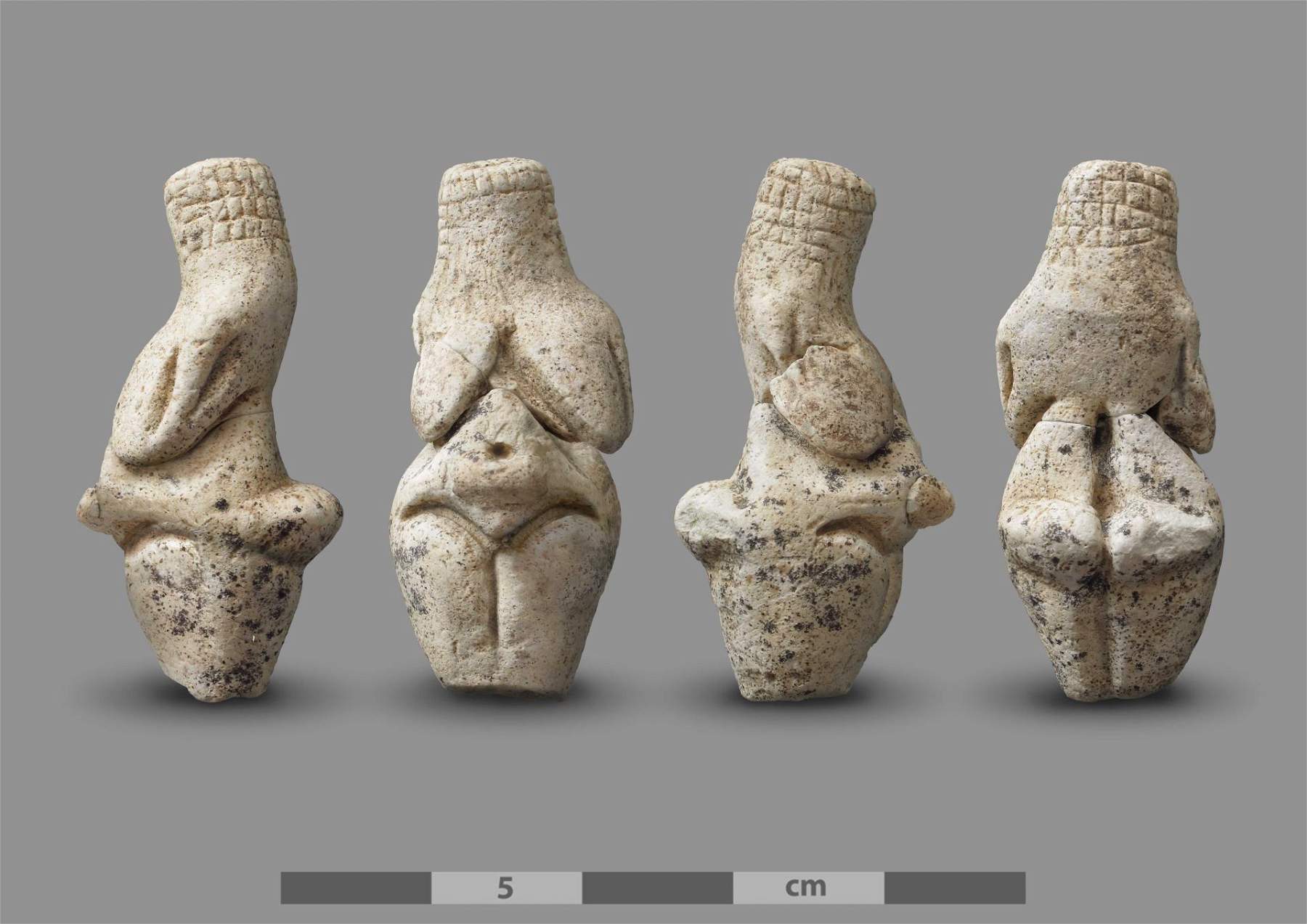France, very rare 23,000-year-old Paleolithic Venus discovered in excellent state of preservation
Important discovery in France, in the Renancourt district of Amiens (Picardy’s capital): a Paleolithic“Venus” has in fact been found, dating back 23,000 years according to the scholars who analyzed it. The Venus belongs to a series of statuettes (fifteen in all), also found in the Renancourt district, during an archaeological excavation conducted by theInstitut National de Recherches Archéologiques Préventives (INRAP) and directed by archaeologist Clément Paris, which has been going on since 2014, the date to which the discovery of the first of the resurfaced works also dates. The new sculpture was discovered in July but the news was not released until the day before yesterday to the French press. The Venus is in an excellent state of preservation, archaeologists from the mission in charge of the excavation on the outskirts of Amiens, aimed at investigating a rare evidence of Upper Paleolithic (35,000 to 15,000 years ago) settlement in northern France, make known. The site was discovered in 2011.
The sculpture has been called “exceptional” by INRAP. “Sculpted in plaster and four centimeters high,” reads a note, “this Venus is steatopygia” (i.e., it has a marked lumbar lordosis: a feature common to many Paleolithic “Venuses”): “the volume of the buttocks, thighs and breasts is hypertrophic. The arms are barely outlined; the face is depicted without connotations. This sculpture fits perfectly into an aesthetic canon, the Gravettian stylistic tradition, which includes the Venus of Lespugue, the Venus of WIllendorf, or the sculpted bas-relief Venus of Laussel. This Venus of Renancourt also has a striking hairstyle made with fine squared incisions that are reminiscent of the Venus of WIllendorf but especially of Brassempouy’s Lady in the Hood.”
Sculptures like this one are very rare: there are only a few dozen examples throughout Europe. Fewer than twenty have been discovered in France, mostly in the south of the country: the last one had been discovered in 1959 in Tursac, Dordogne. “Archaeologists,” the note concludes, “hypothesize the presence of an atelier specialized in this type of production: the sculptures were in fact found together with thousands of plaster fragments, of which some appear to be production waste. The function and meaning of these Paleolithic figurations remain in question.”
 |
| France, very rare 23,000-year-old Paleolithic Venus discovered in excellent state of preservation |
Warning: the translation into English of the original Italian article was created using automatic tools. We undertake to review all articles, but we do not guarantee the total absence of inaccuracies in the translation due to the program. You can find the original by clicking on the ITA button. If you find any mistake,please contact us.




























